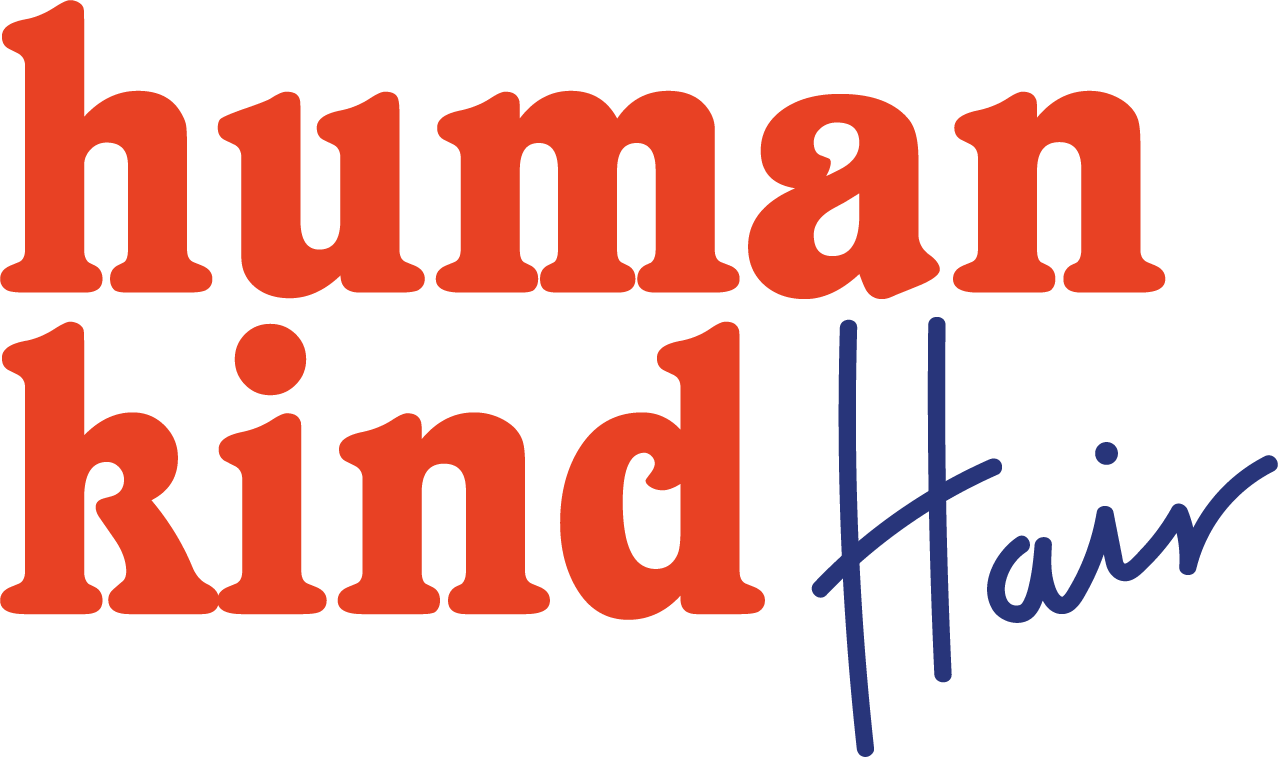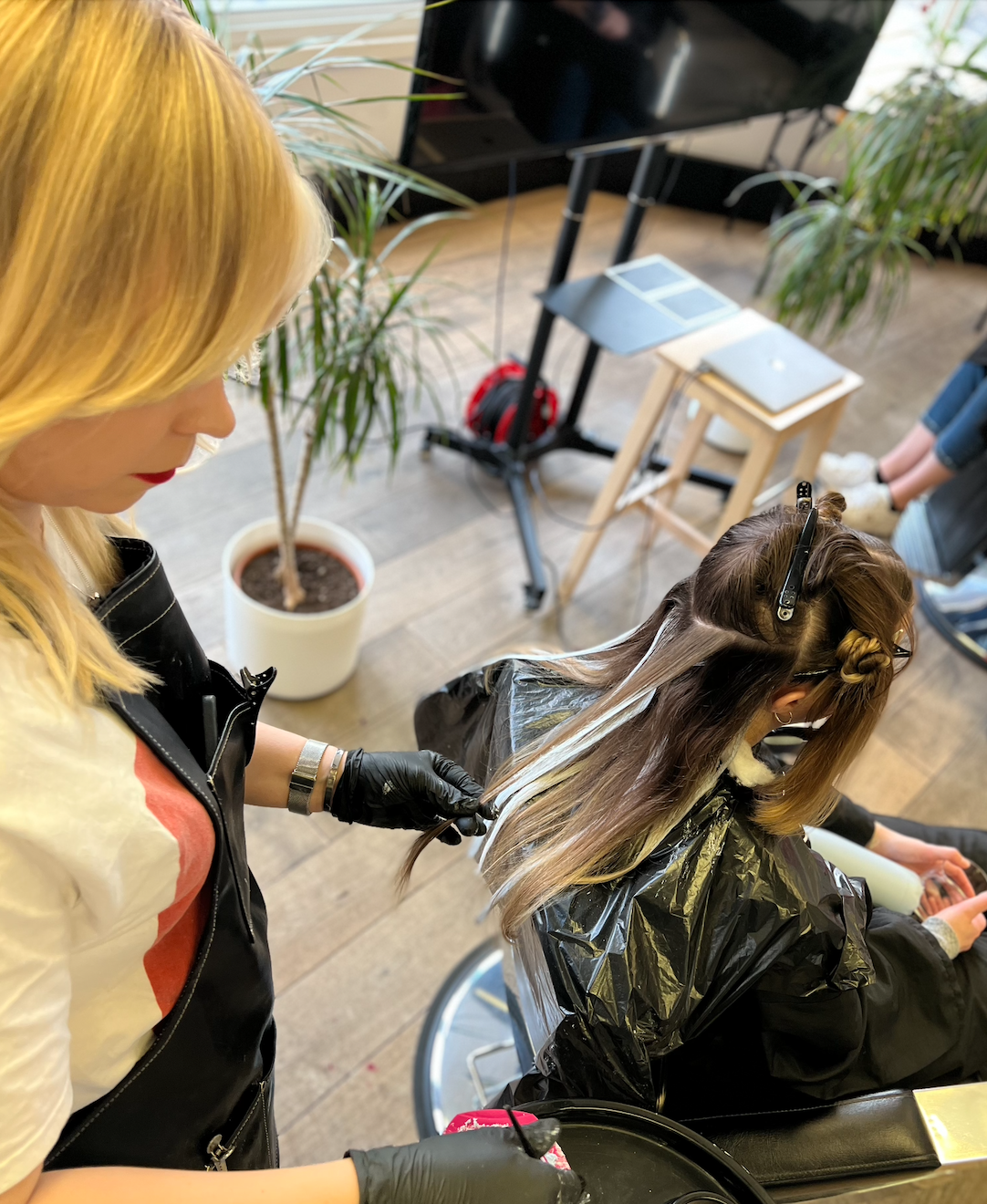5 things we wish we’d known about Freehand Balayage.
By Humankind Hair founder Anneliese Hesse
3 minute read
Trying anything new is always scary.
Mistakes WILL happen, and that's OK... in fact it's a GOOD thing because it's often how we learn!
However, in our profession, those mistakes unfortunately tend to be slap bang on people's heads, literally right in front of their faces, d'oh! 🤦♀️
Here are 5 things we WISH we'd known about FREEHAND BALAYAGE before doing it on our clients!
1. Product choice is KEY
You know how a lot of the time manufacturers tell you how much you NEED a specific product to do something and it turns out to be marketing bullsh*t?
Yeah, in this case they weren't lying!
The properties needed from a freehand lightening product are very different from that of a regular bleach.
Does this mean you can't use your normal highlighting bleach at all? No, you are very welcome to give it a go but you'll likely run into some issues with bleeds - particularly if you're using an open air technique and not isolating.
2. Consistency is WILD
Normally enjoy a light, creamy, spreadable kinda vibe?
Things are about to get HEAVY!
The consistency for surface and freehand painting is totally different to what you're probably used to working with.
If you want to perfect surface painting and avoid excess saturation, you'll need a product that sits on the hair and only saturates when you really want it to. It's very different to highlighting and can feel pretty wild at first!
3. It's going to take TIME to lift
Open air techniques in particular are going to take a LOT longer than your foil applications, and may in fact never reach the same level of lift.
This is not a bad thing - it's simply different, and is only ever a problem when it's a surprise!
4. Checking it before rinsing can be TRICKY
Why? Because freehand lighteners set hard on the outside and stay wet inside, 'opening them up' to check the level of lift can be problematic.
Once opened, what WAS the inside layer NOW becomes the outside layer, and if it's not yet ready to be rinsed, this is going to set hard and... stop lifting. Joy! 🙄
5. It's 100% going to be an emotional rollercoaster!
Whether this is due to how different it looks developing vs. rinsed, managing both your client's and your own expectations, or simply because you're practicing and perfecting a new skill, there are going to be some ups and downs.
This is normal and is ALL part of the learning process, so be kind to yourself, learn from any mistakes and celebrate all of the wins!
Still have more questions about freehand?
Get answers to all of your questions from people who've felt exactly like you are now - us!


